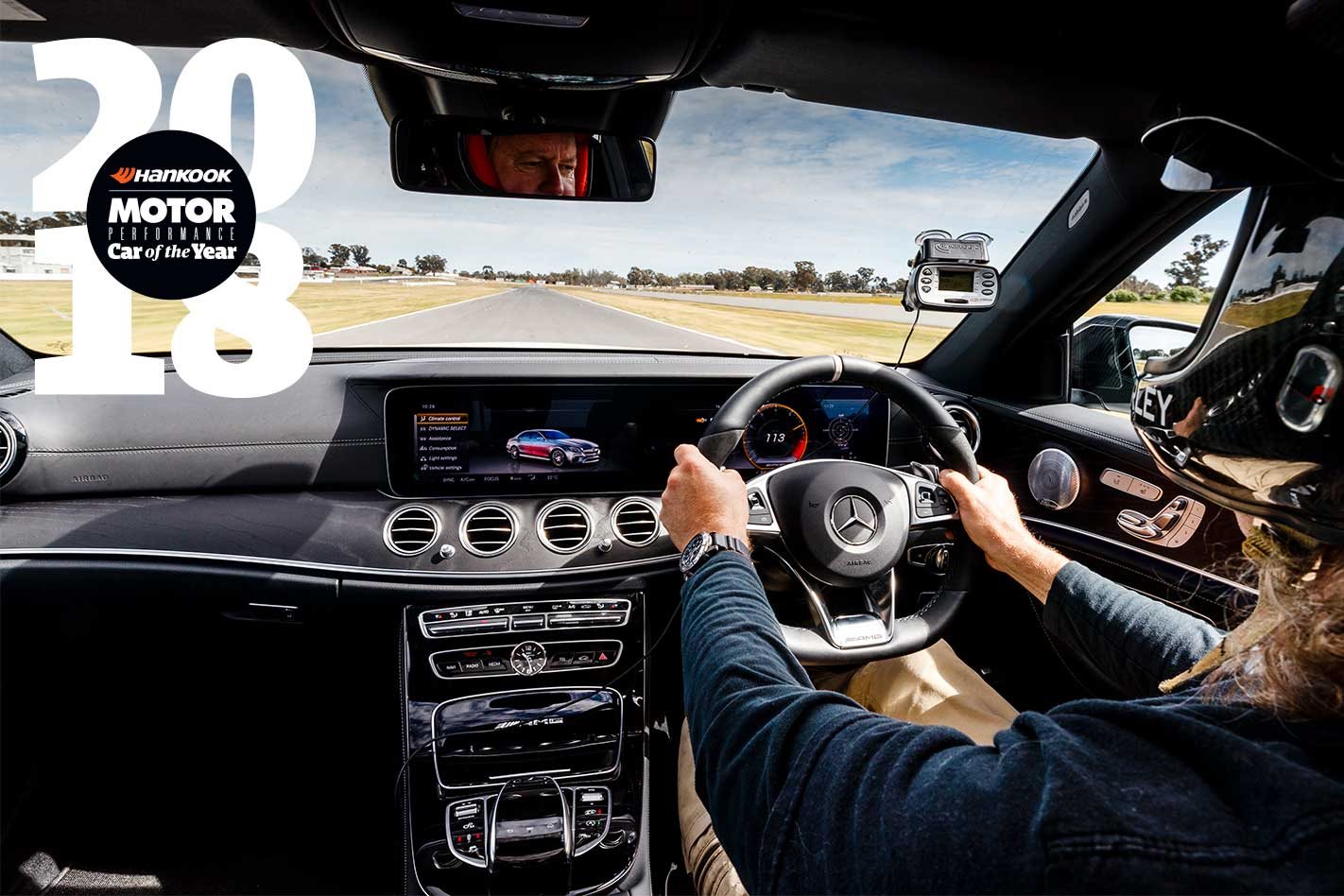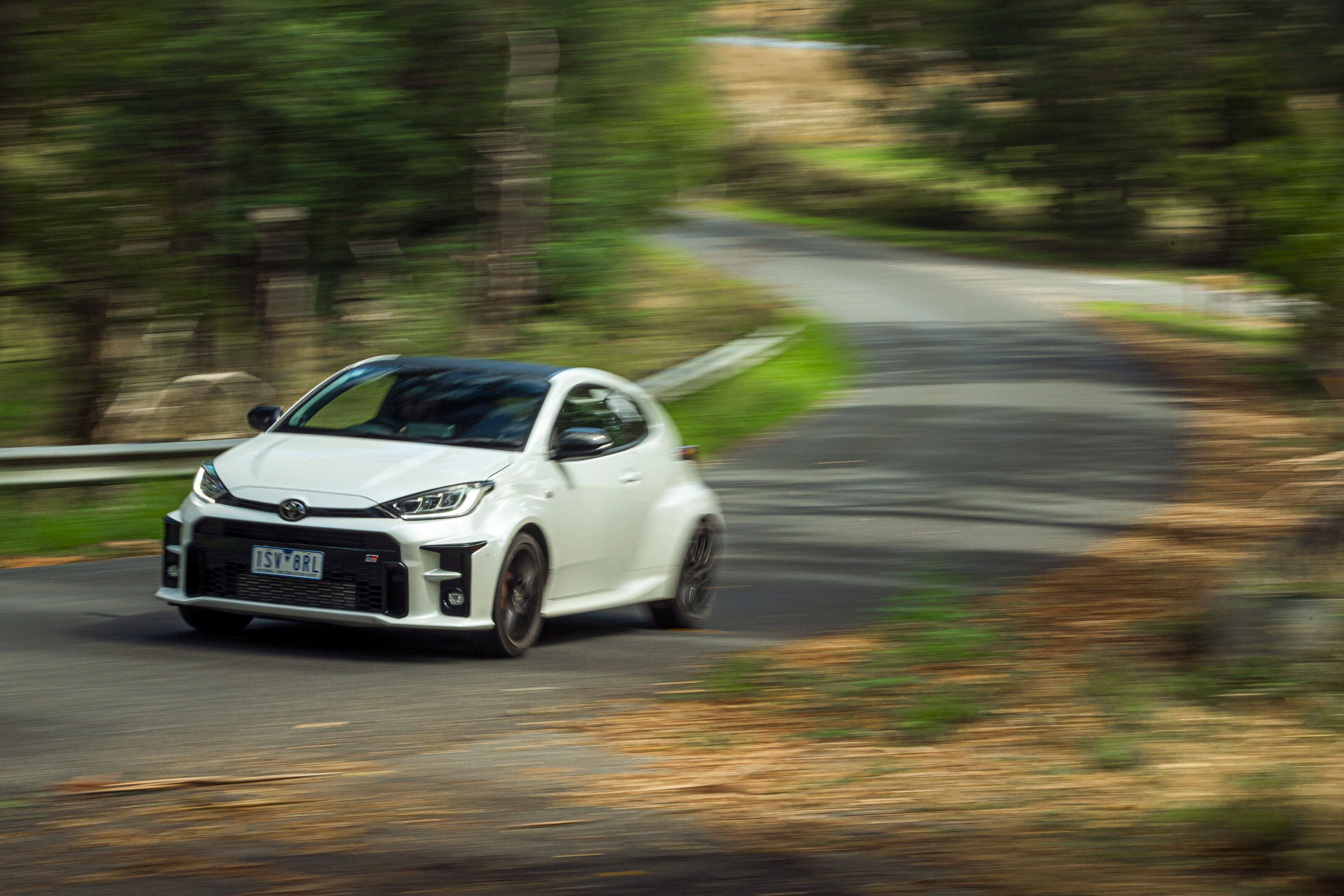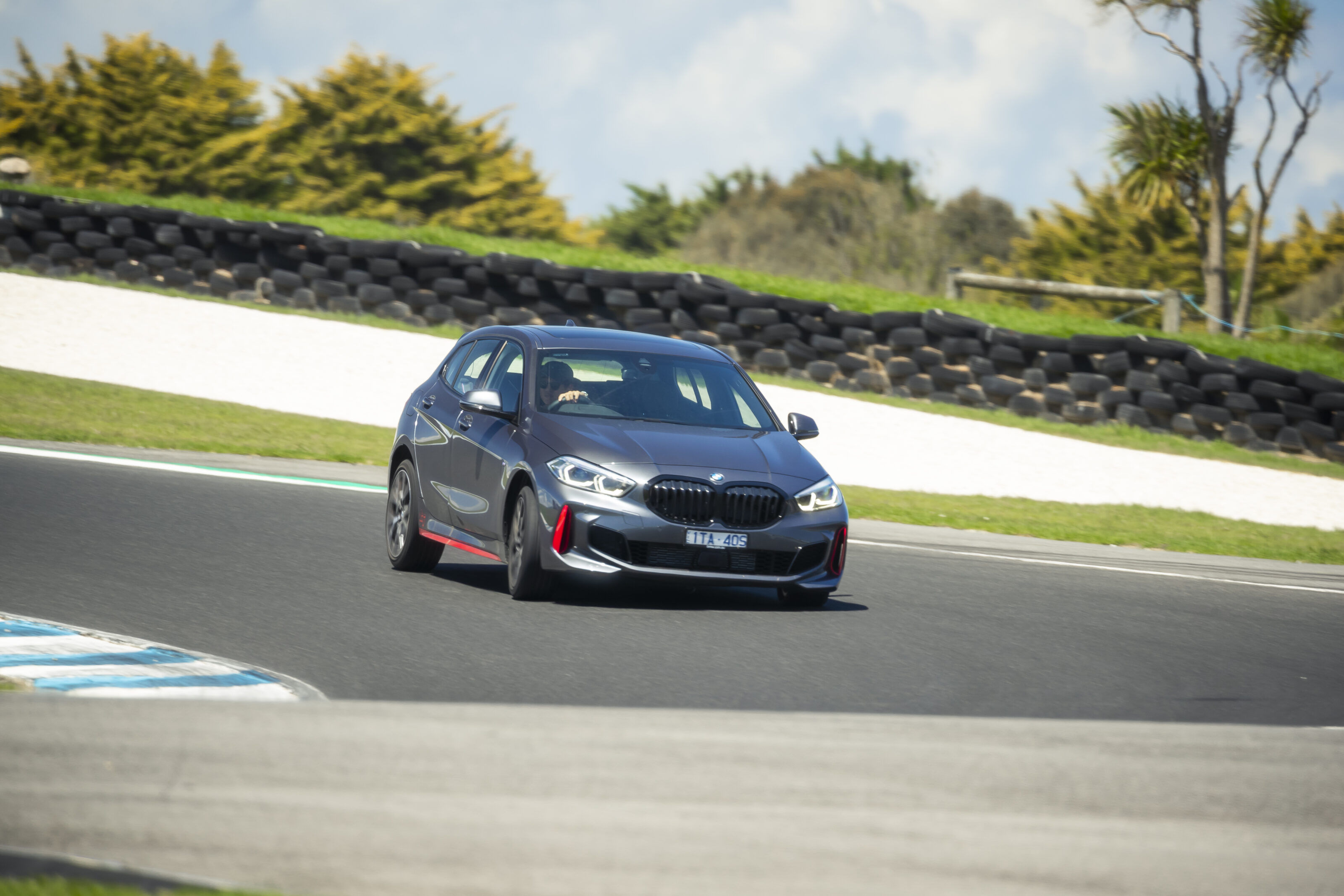We say this every year, but geez modern cars are fast.
We don’t wish to sound like a broken record, but once again one look at the numbers spat out by our PCOTY contenders left our jaws agape and heads slowly shaking back and forth in disbelief.
You want progress? The quickest car at PCOTY a decade ago, the half-million-dollar Lamborghini Gallardo Superleggera, would only be fifth fastest to 100km/h and fourth over the quarter mile in 2017, with a BMW M4 and Porsche Cayman snapping at its heels.
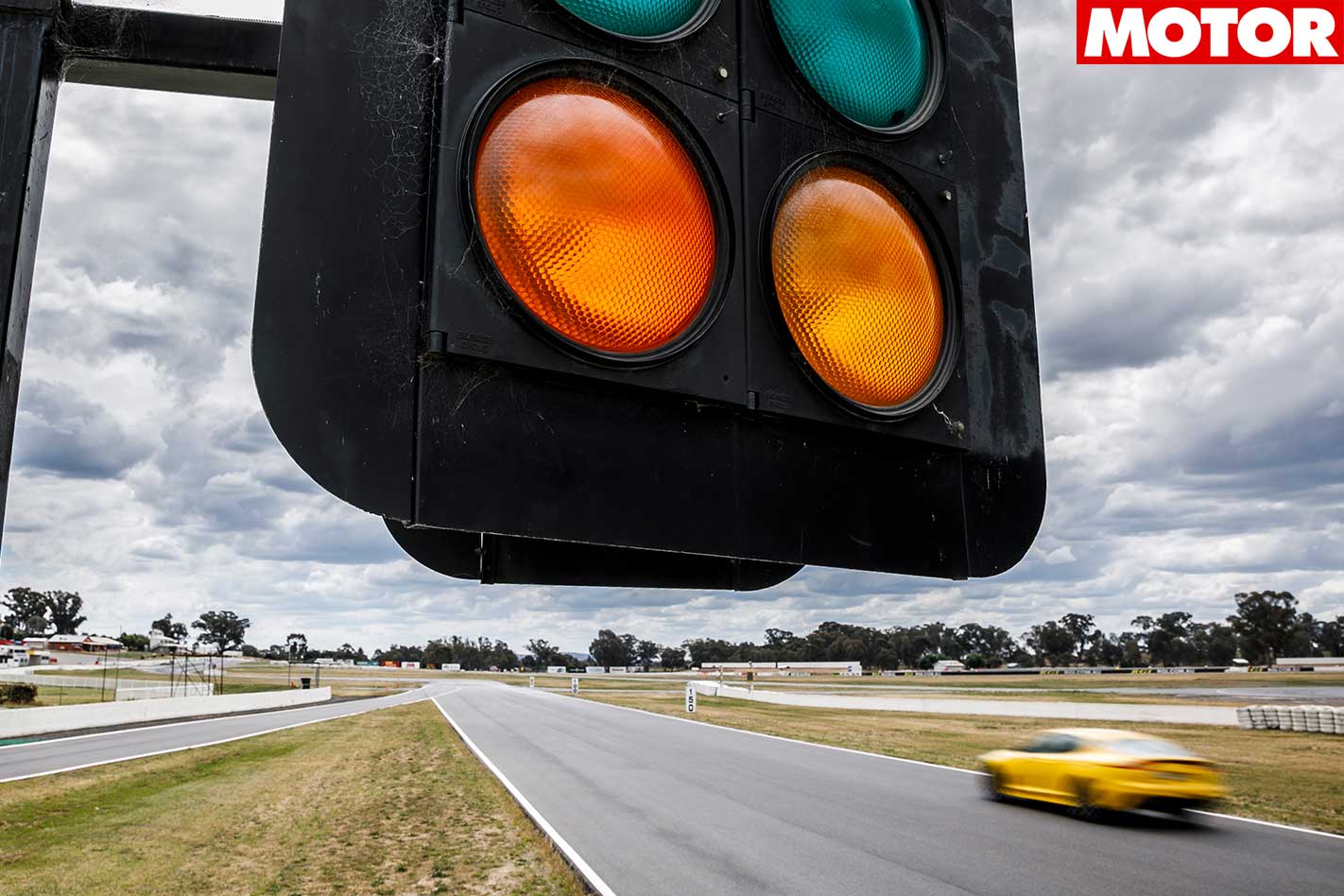
Even the slowest of our 10-strong field, the Honda Civic Type R, would give the very best Aussie V8s of 2007 a scare, clocking an impressive 5.68sec to 100km/h and 13.66sec quarter at 174.92km/h. These numbers improve slightly on our first effort at Heathcote for a recent comparison, the conditions at Winton being virtually perfect (for once) for quick times.
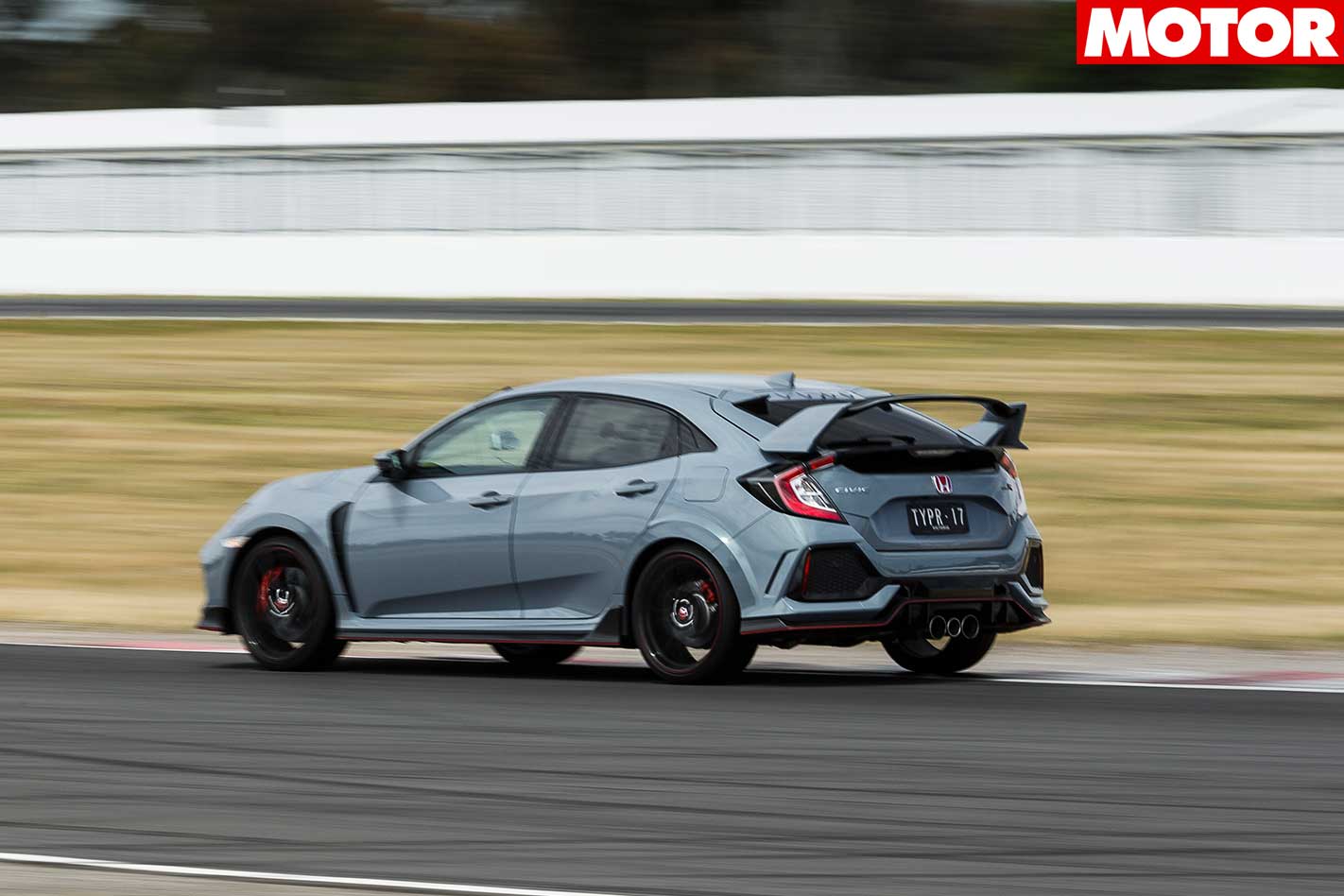
The Kia Stinger 330 Si might have plenty more grunt, but can’t best the Civic’s 2.9sec 80-120km/h effort. Its 36.88m 100-0km/h braking distance might be the worst in the field, but is an okay result for such a big car.
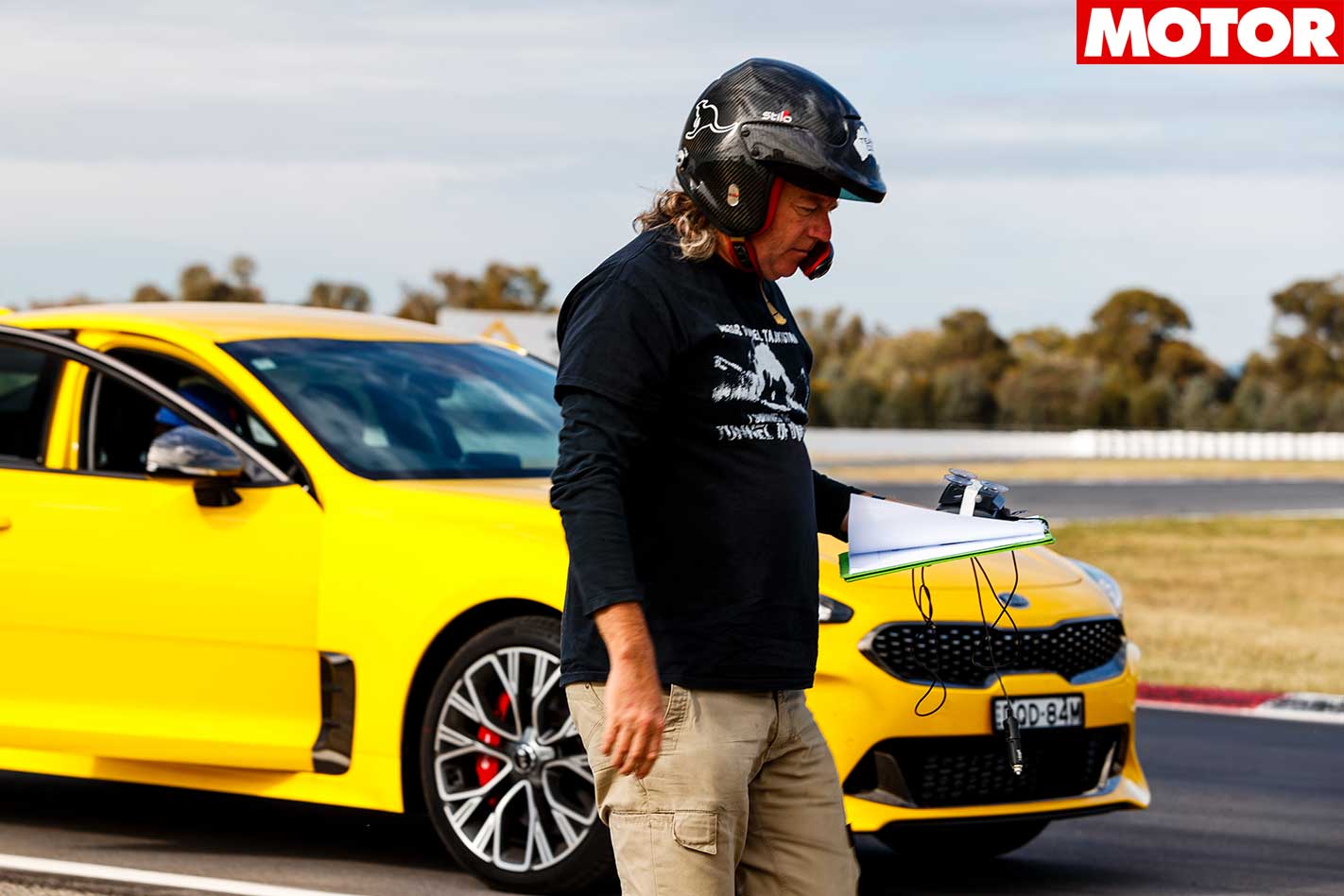
Which is the opposite of the Lexus LC500 – the vicious bark of its delicious 5.0-litre atmo V8 is arguably the noise of the day. However, while it’s far from slow – 5.18sec to 100km/h and a 13.23sec quarter at 178.73km/h isn’t shabby – it struggles on a bang-for-your-buck basis.
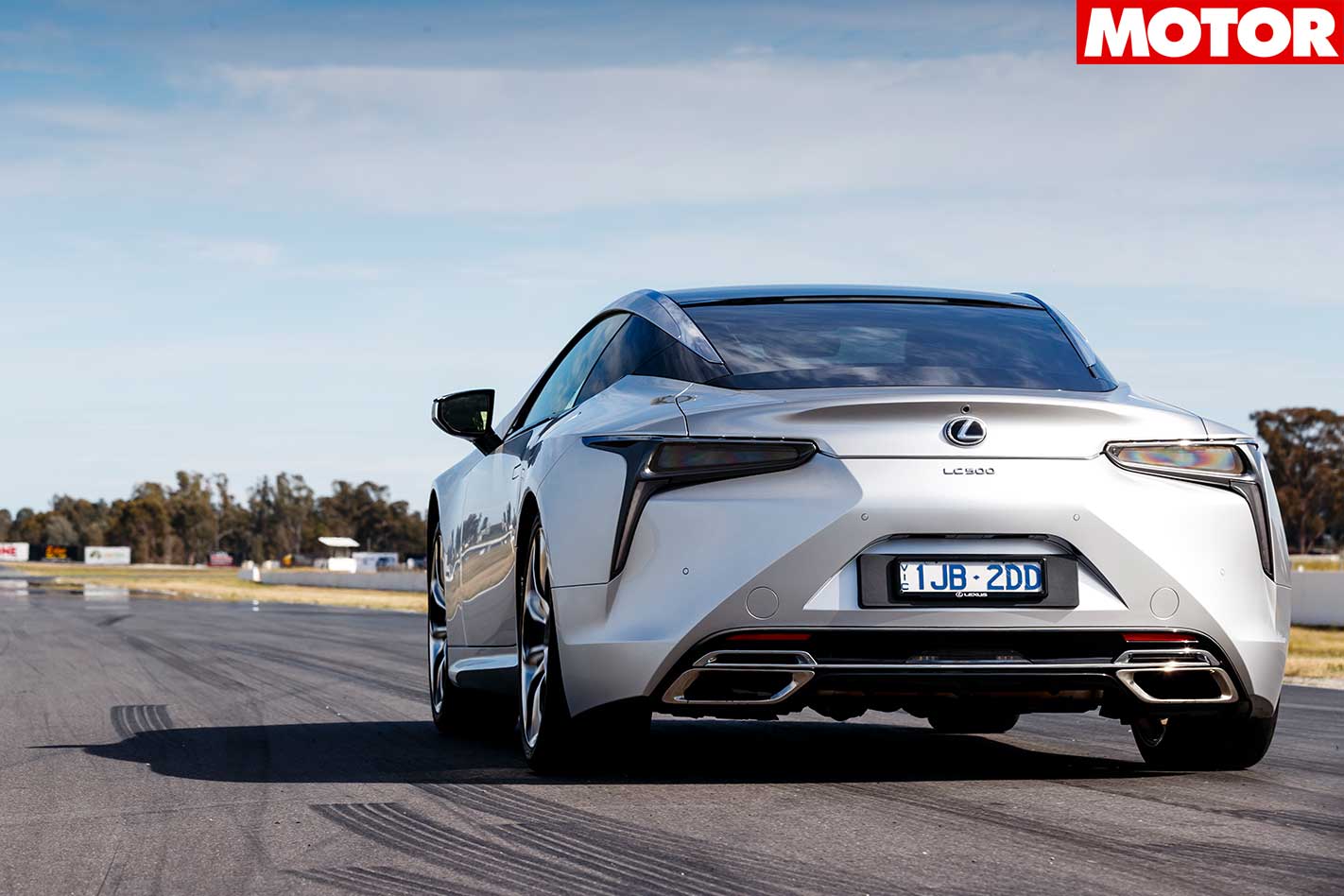
The LC500’s nearest competitor on price is the BMW M4 CS (standard they both cost $190K), but the Bavarian occupies a completely different performance league.
As ever, launch control simply generates too much wheelspin, but once warm the sticky Michelin Pilot Sport Cup 2 tyres offer enough traction to rocket it to 100km/h in 4.05sec, the quickest number we’ve ever recorded in an M car. What’s truly impressive, though, is the way it keeps hauling, 80-120km/h disappearing in just 2.2sec on its way to a 12.01sec quarter at a whopping 197.25km/h.
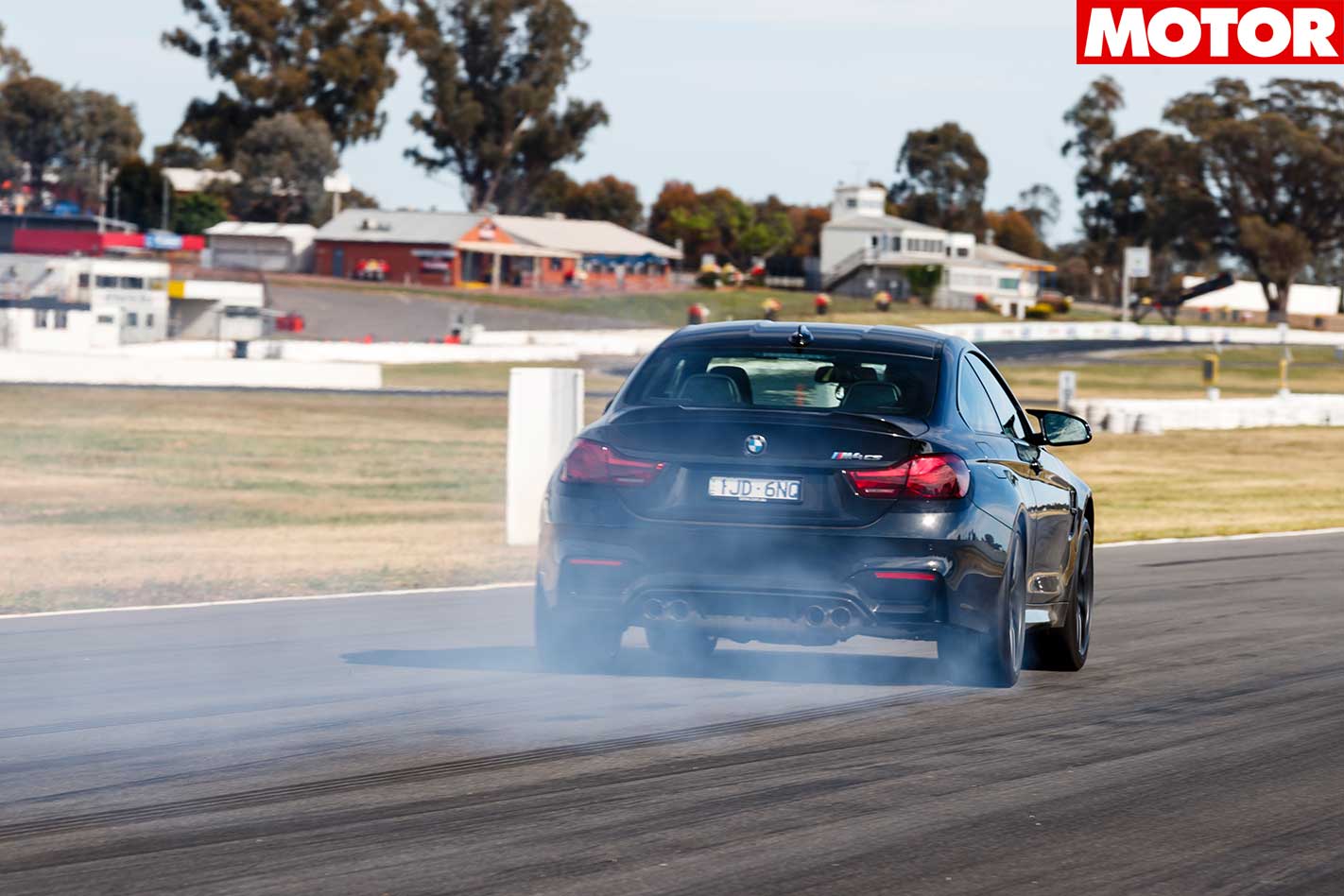
Similar in concept and speed to the M4 CS is the Alfa Romeo Giulia QV. Like the BMW, walking it off the line to limit wheelspin is key to the quickest times. Be ready to grab that over-size upshift paddle, too, as the Giulia’s 375kW/600Nm 2.9-litre twin-turbo V6 rips through its close ratios.
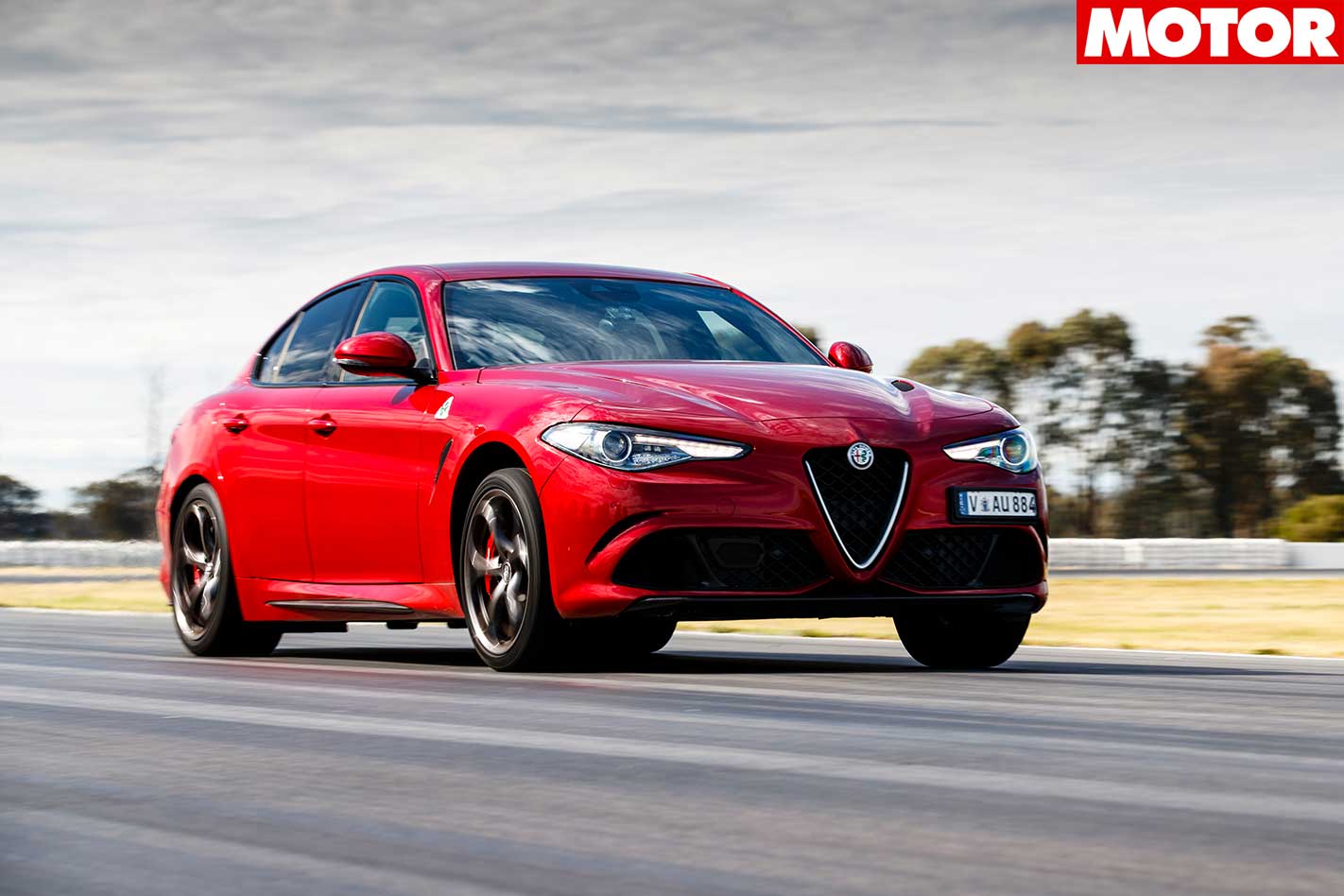
When calibrated correctly, launch control is a real asset. The 718 Cayman’s 2.5-litre turbo four-pot generates much more torque than its predecessor, which makes the fact it dials up around 6000rpm on the line a real surprise.
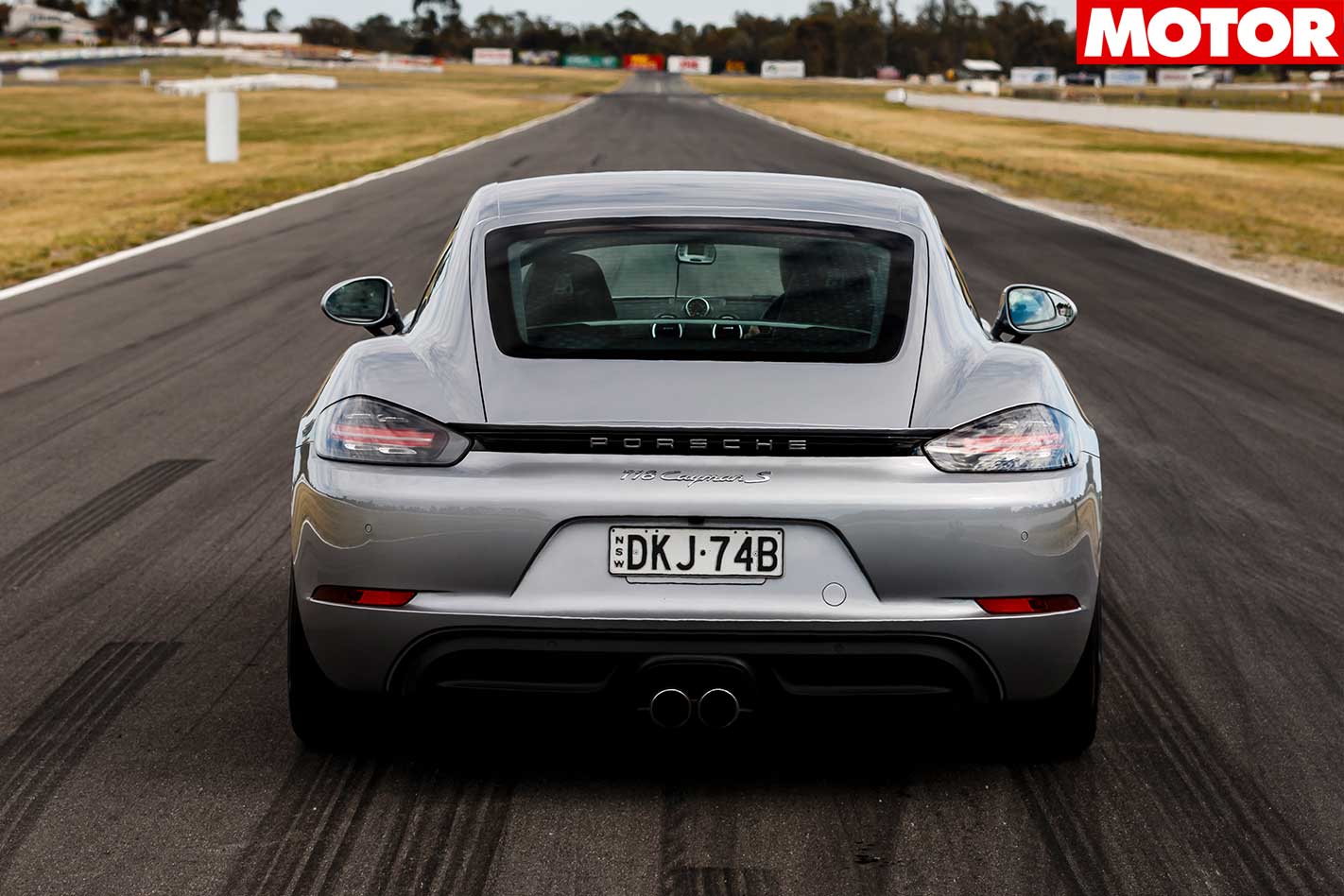
If any car proves it’s not what you’ve got but what you do with it that counts, it’s definitely the Cayman, backing up its eye-popping acceleration figures by pulling up in 30.94m from 100km/h.
For the ultimate in straight-line efficiency, though, look no further than the Audi TT RS. It’s undoubtedly a powerful car, producing 294kW/480Nm from its 2.5-litre turbo five, but few would expect numbers as sharp as 3.59sec from 0-100km/h and a scorching 11.75sec at 191.89km/h.
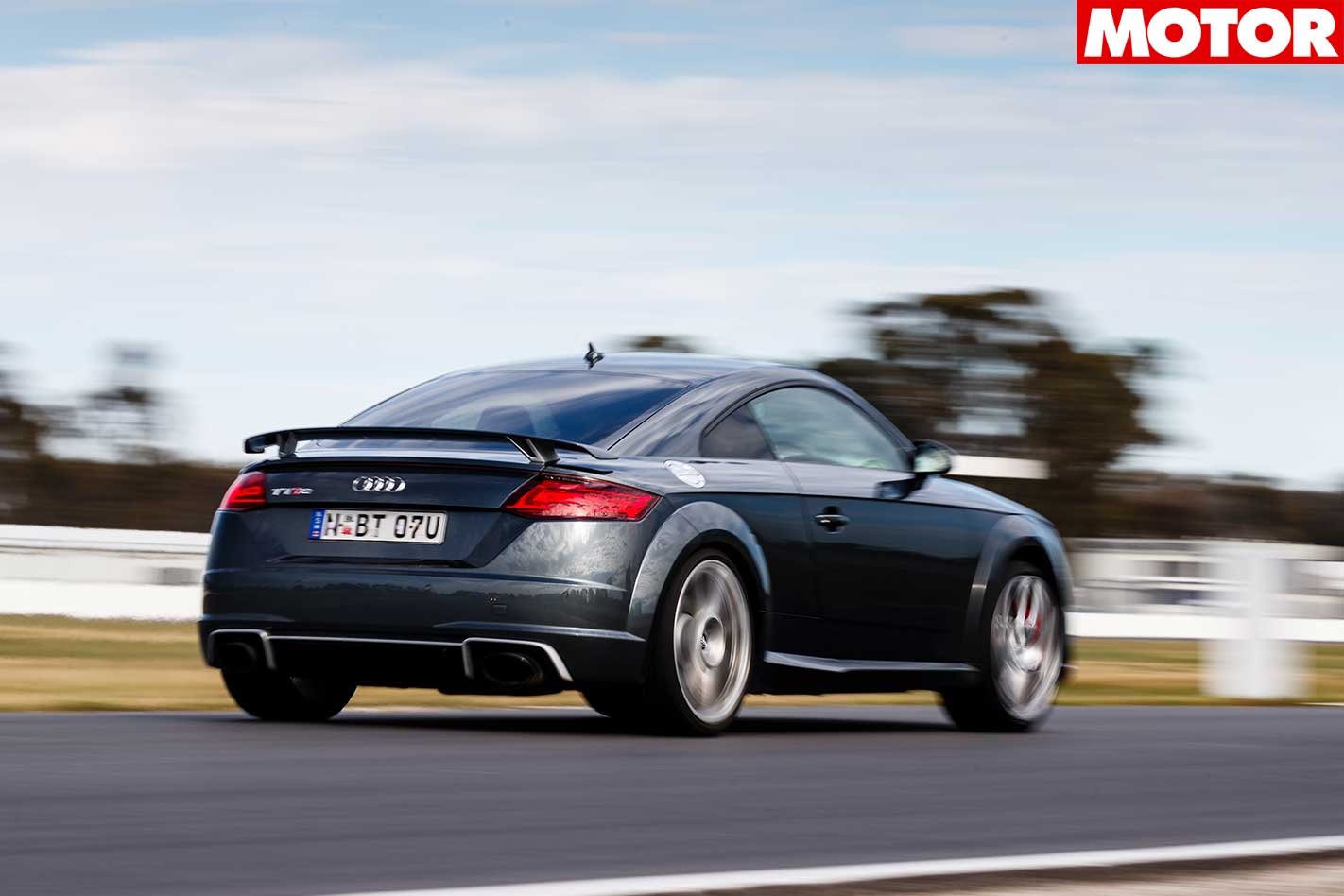
If AMG wanted vindication for its decision to go all-wheel drive with the new E63 S it need look no further than figures of 3.4sec from 0-100km/h (right on claim) and a stunning 11.28sec at 203.72km/h for the 400m.
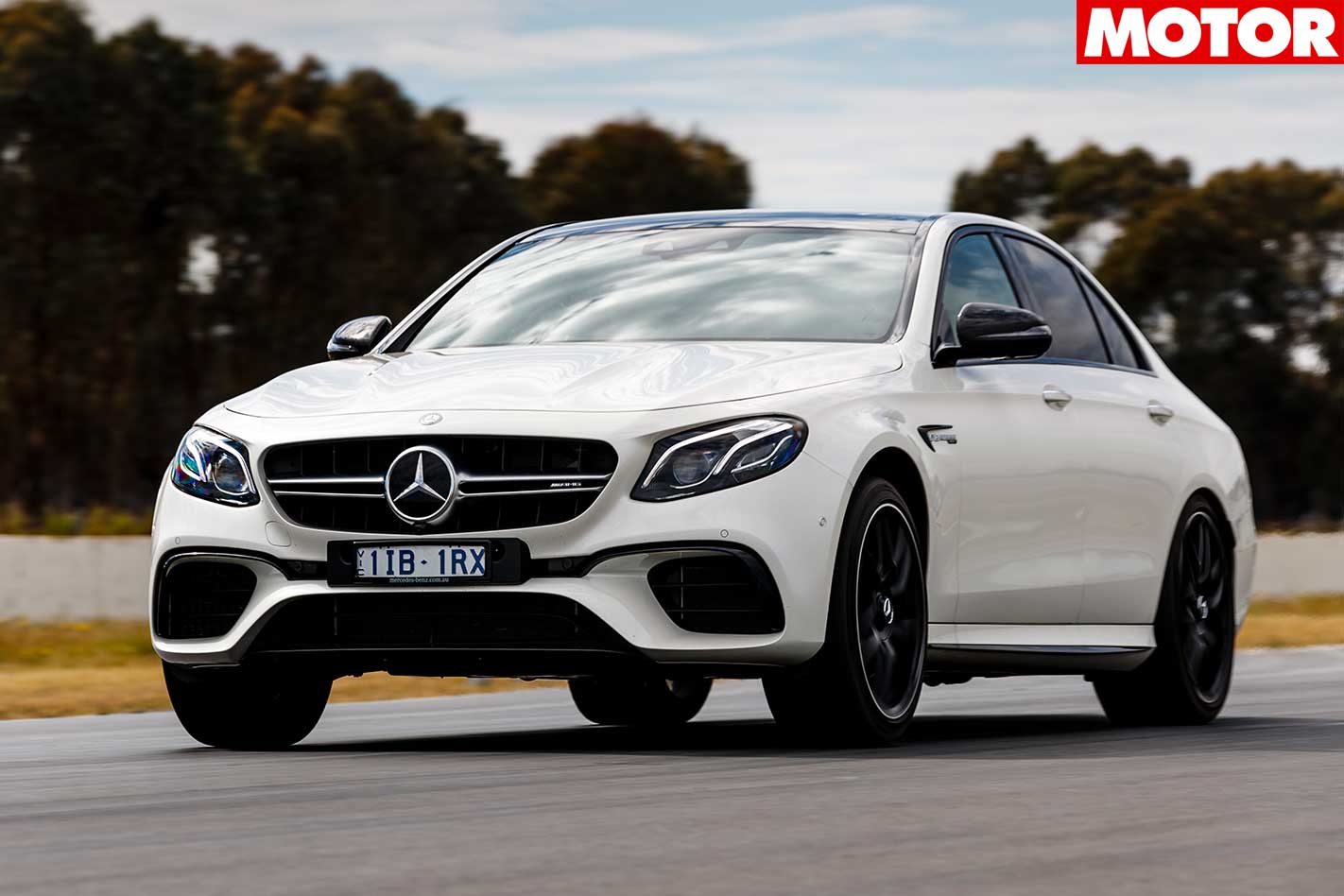
Unfortunately, a problem with its 12v outlet prevented us running numbers on the Nissan GT-R Nismo at Winton, however, its previously recorded numbers still secure it the straight-line gold medal. Given it recorded three identical runs (to the tenth) at Heathcote, it seems reasonable to assume it would have replicated its 3.28sec 0-100km/h and 11.19sec at 203.08km/h efforts at Winton. Its three fewer ratios than the E63 shows in its 2.1sec 80-120km/h result and mash the brake pedal as hard as you can and you’ll pull up from 100km/h in 33.27m.
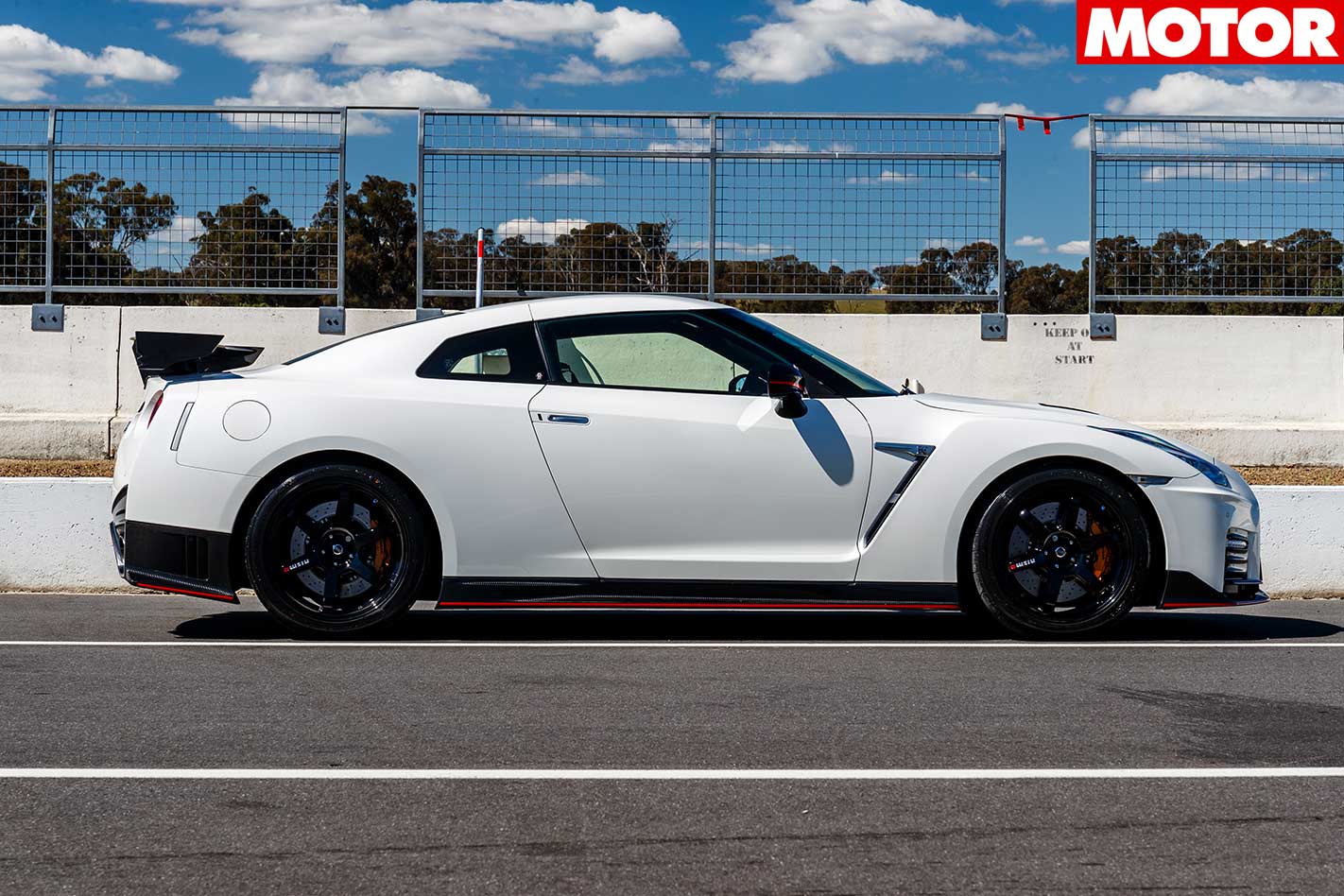
It’s clear the only way to get it rolling quickly is to slip the clutch slightly to keep the revs singing as there’s too much power to allow any wheel slip. The burning smell and smoke that appears from the back of the W1 suggests it’s not a launch you’d want to attempt more than once, but once is all that’s required as the ultimate Aussie muscle car rips off 0-100km/h in 4.16sec and a 12.18sec quarter mile at 195.86km/h as well as 80-120km/h in just 2.2sec (in second gear!).
History suggests next year’s PCOTY field will be even quicker, but there will never be a faster Australian-built car than the HSV GTSR W1.
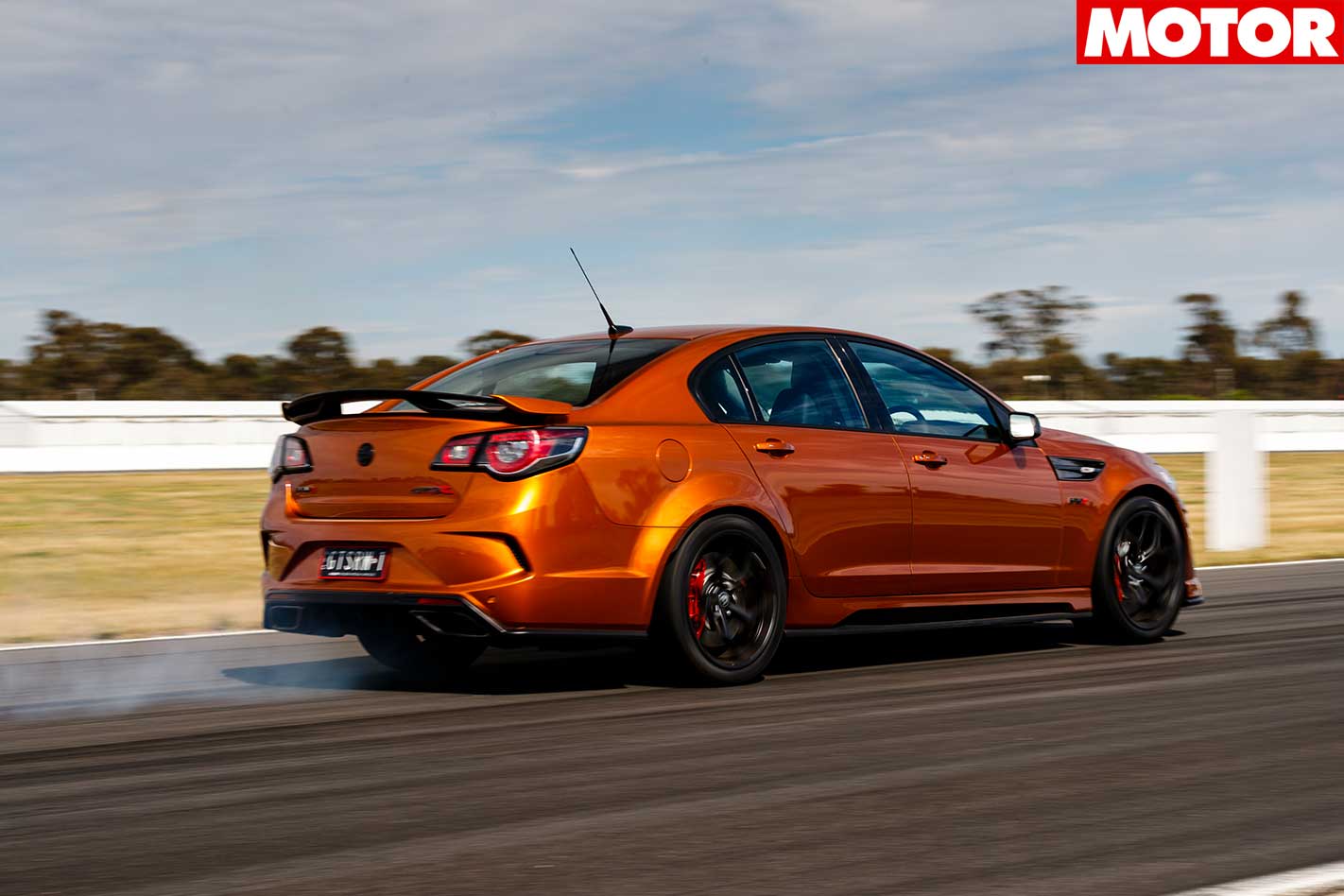
DRAG WARS – The numbers
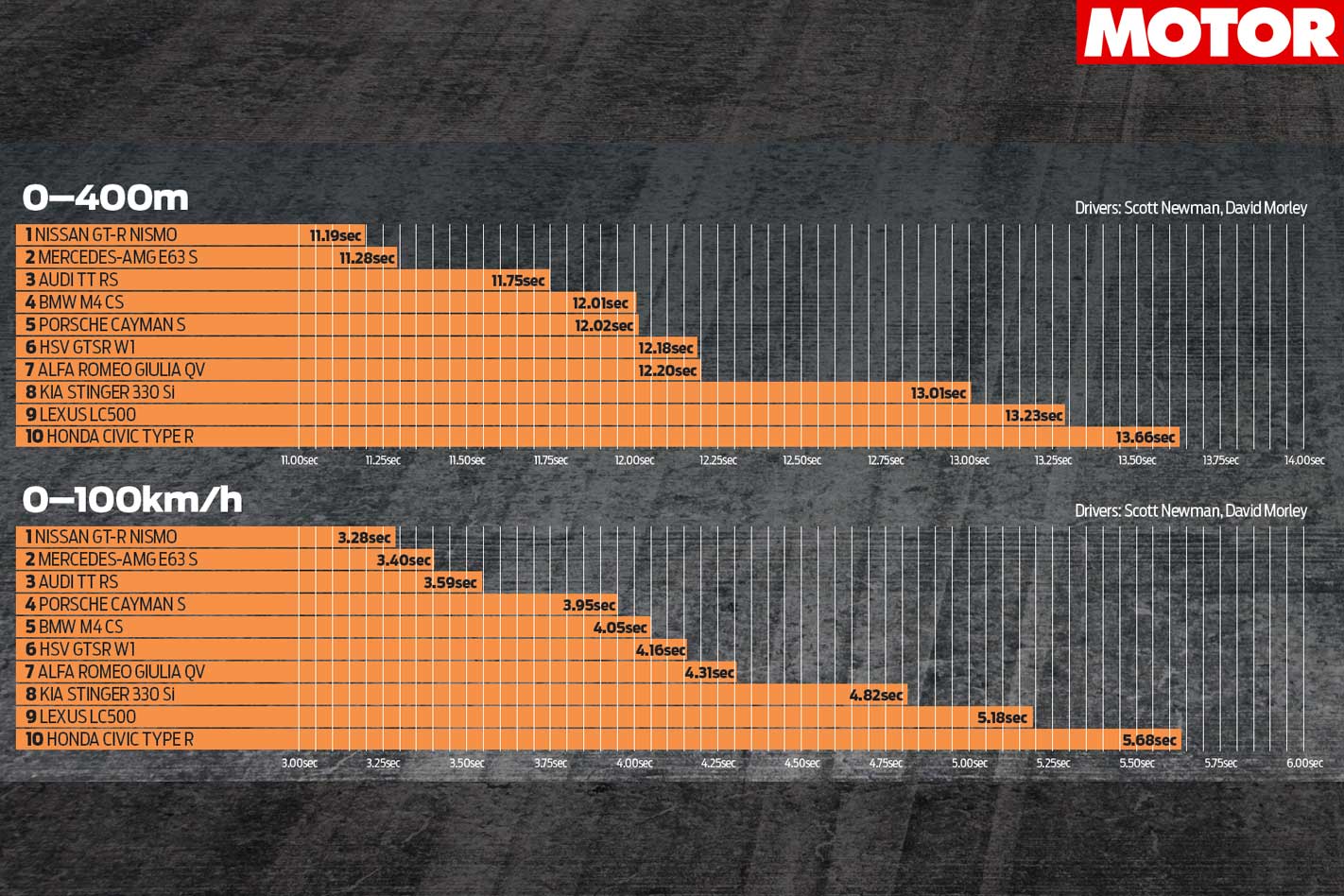
| Terminal Speed | Speed |
| Mercedes-AMG E63 S | 203.72km/h |
| Nissan GT-R Nismo | 203.08km/h |
| BMW M4 CS | 197.25km/h |
| HSV GTSR W1 | 195.68km/h |
| Alfa Romeo Giulia QV | 194.96km/h |
| Audi TT RS | 191.89km/h |
| Porsche 718 Cayman S | 189.12km/h |
| Lexus LC500 | 178.73km/h |
| Kia Stinger 330 Si | 176.63km/h |
| Honda Civic Type R | 174.92km/h |


